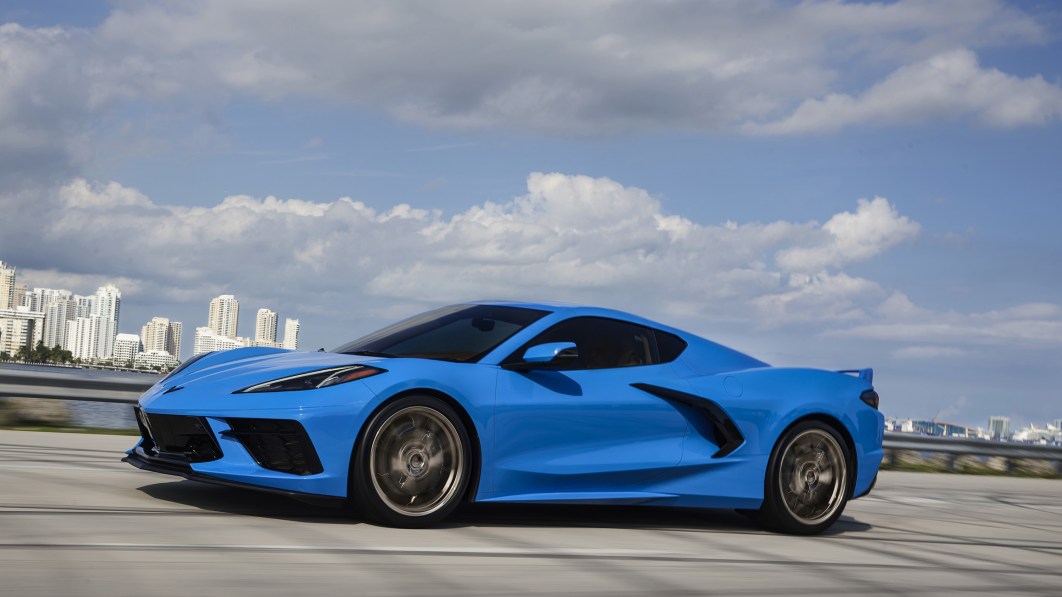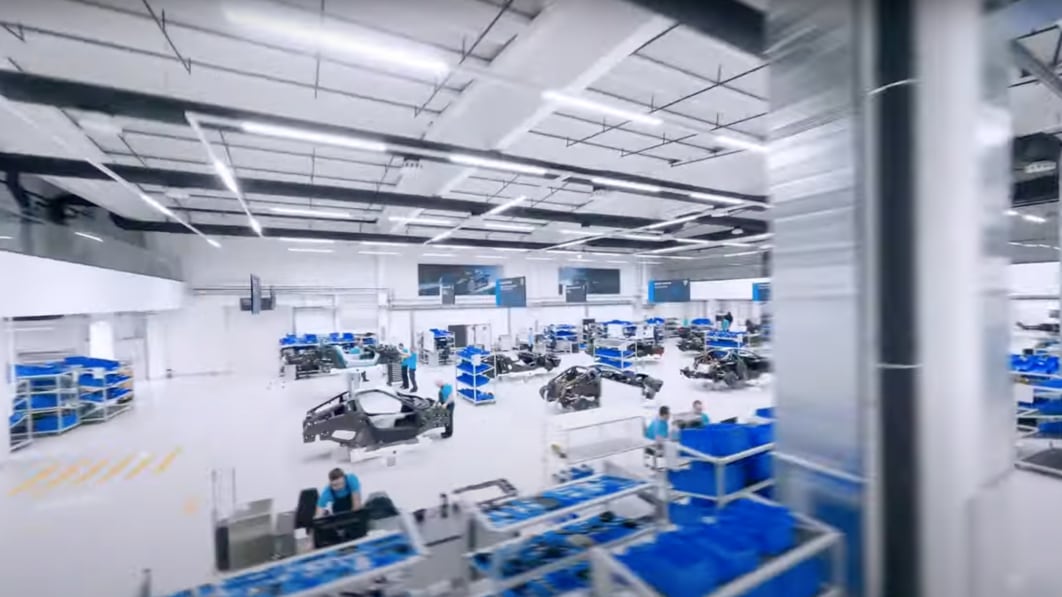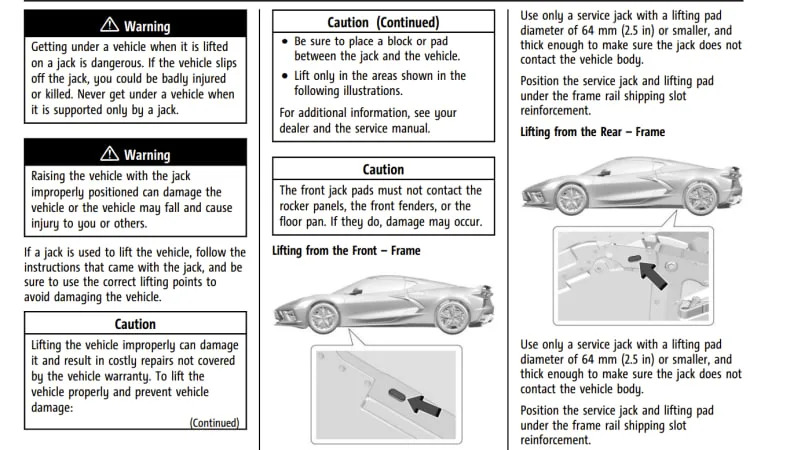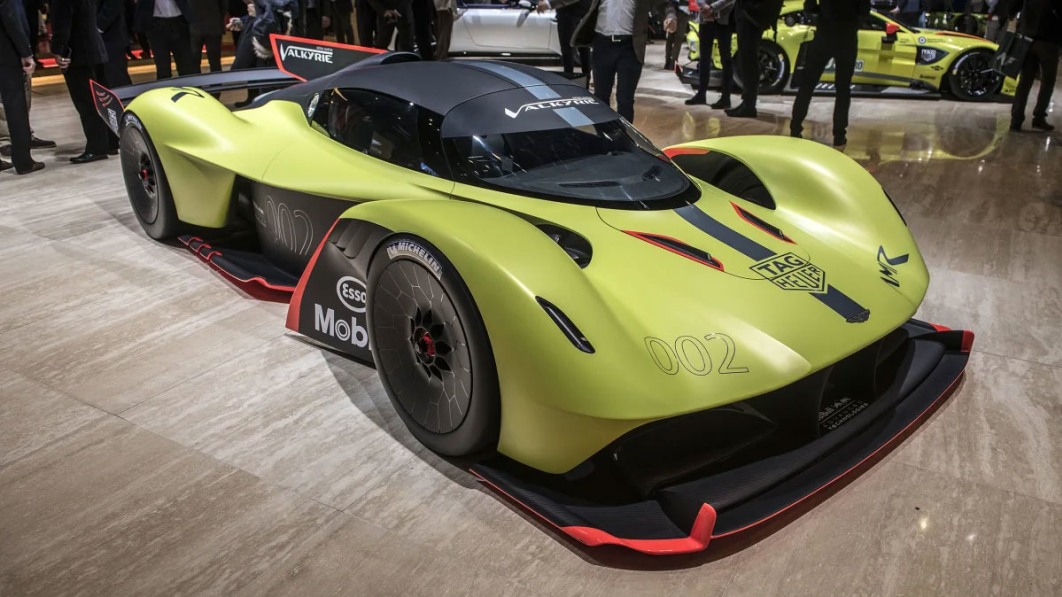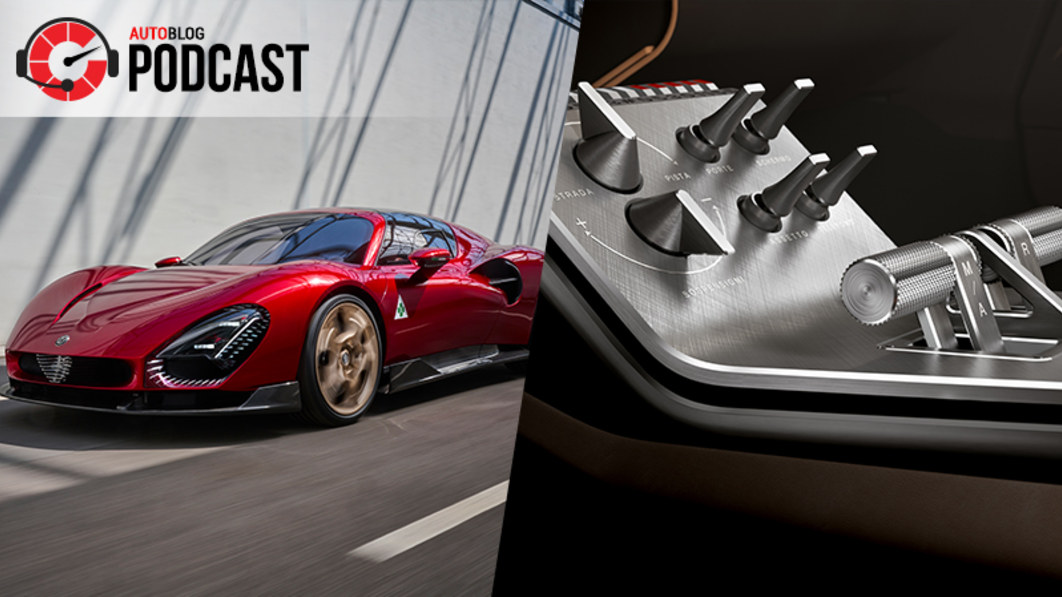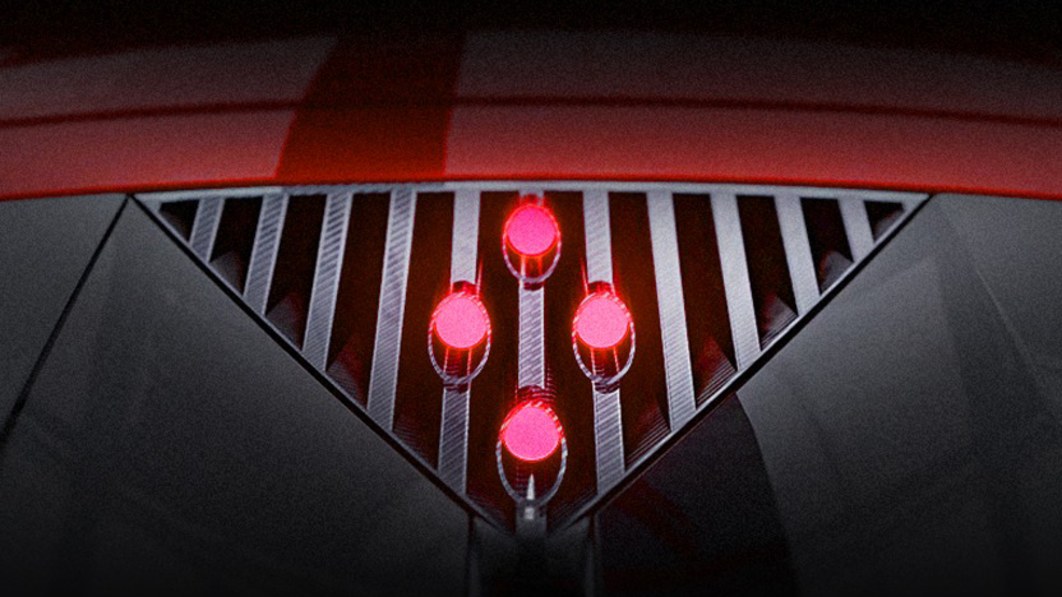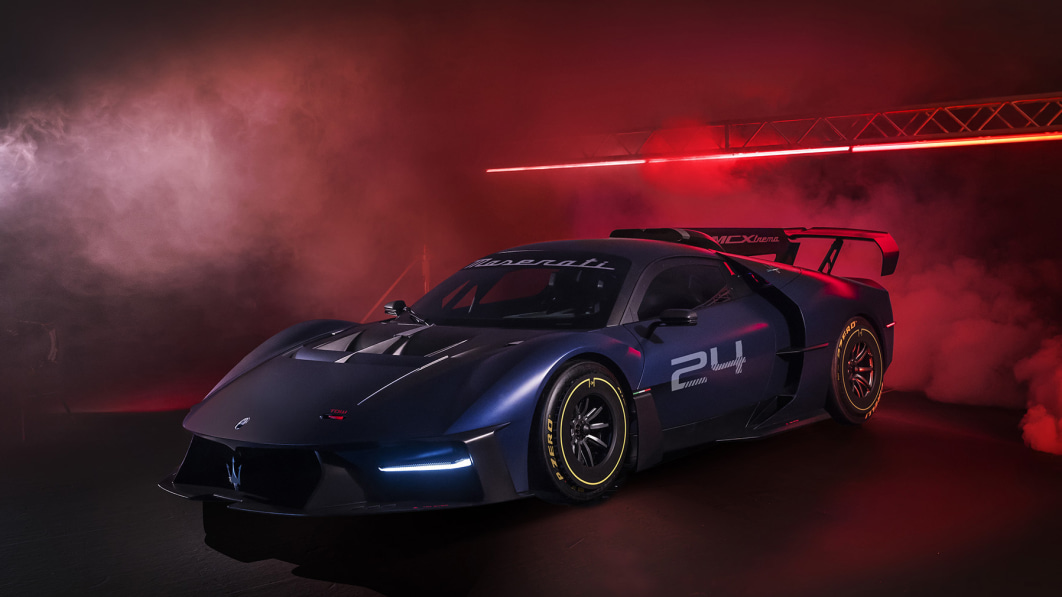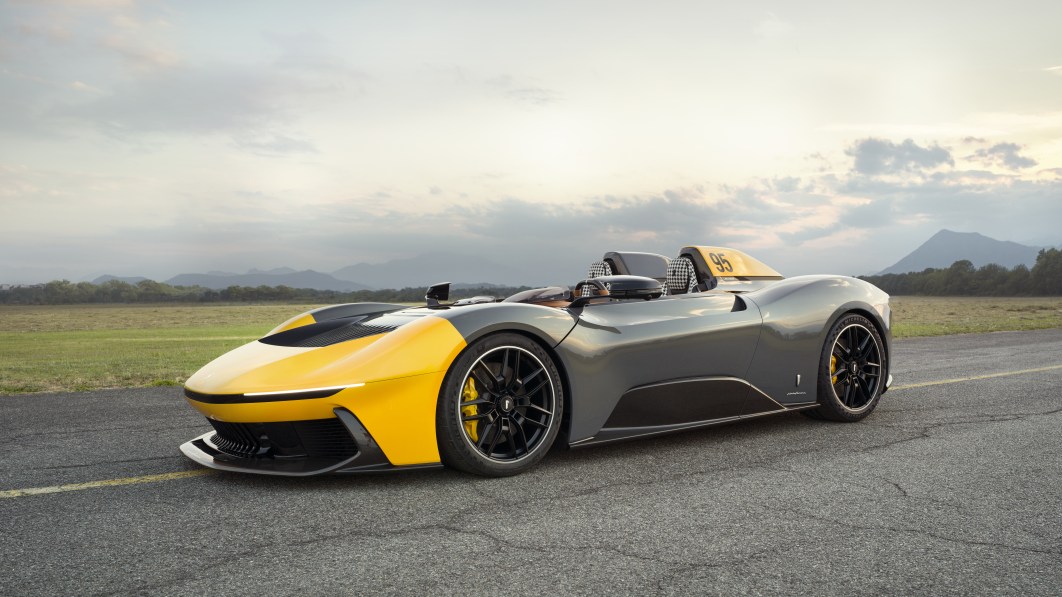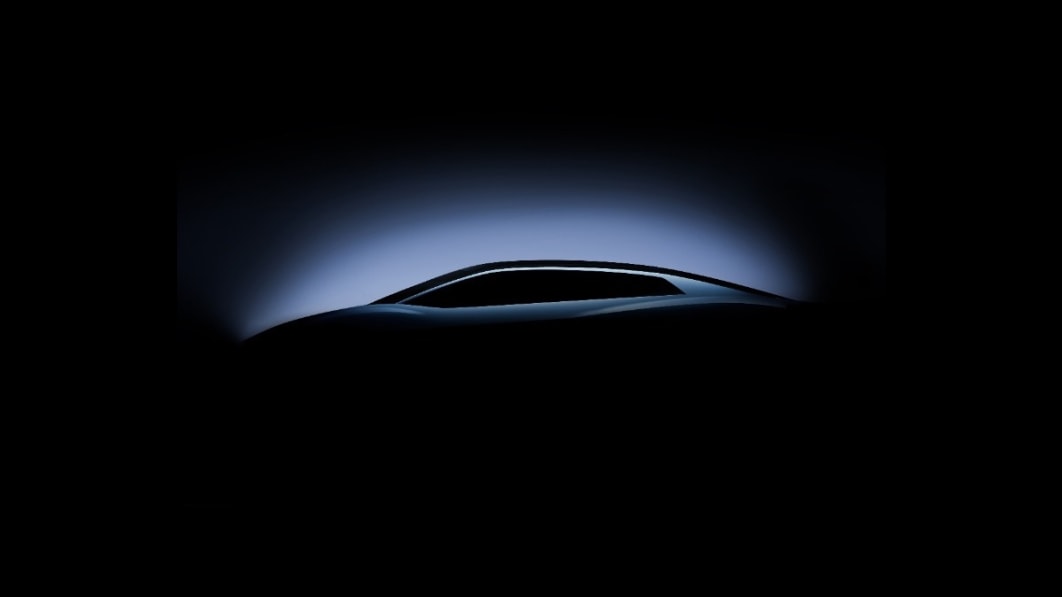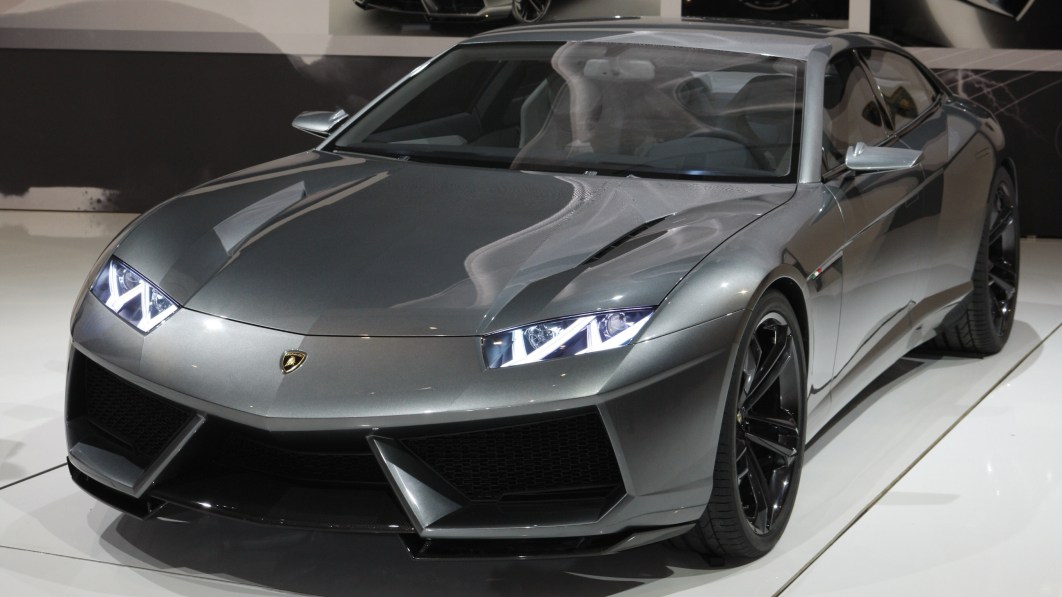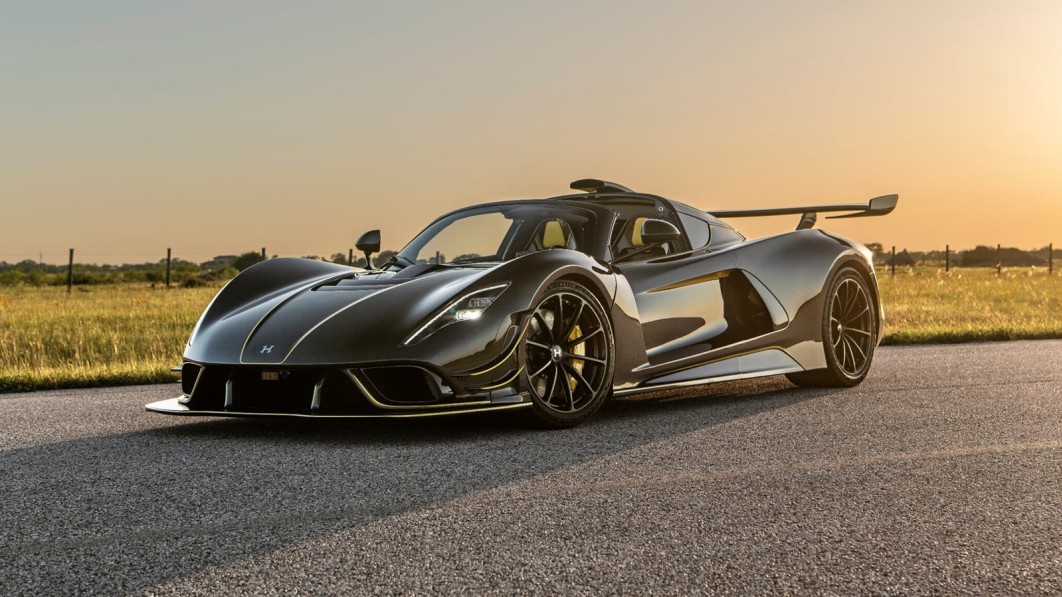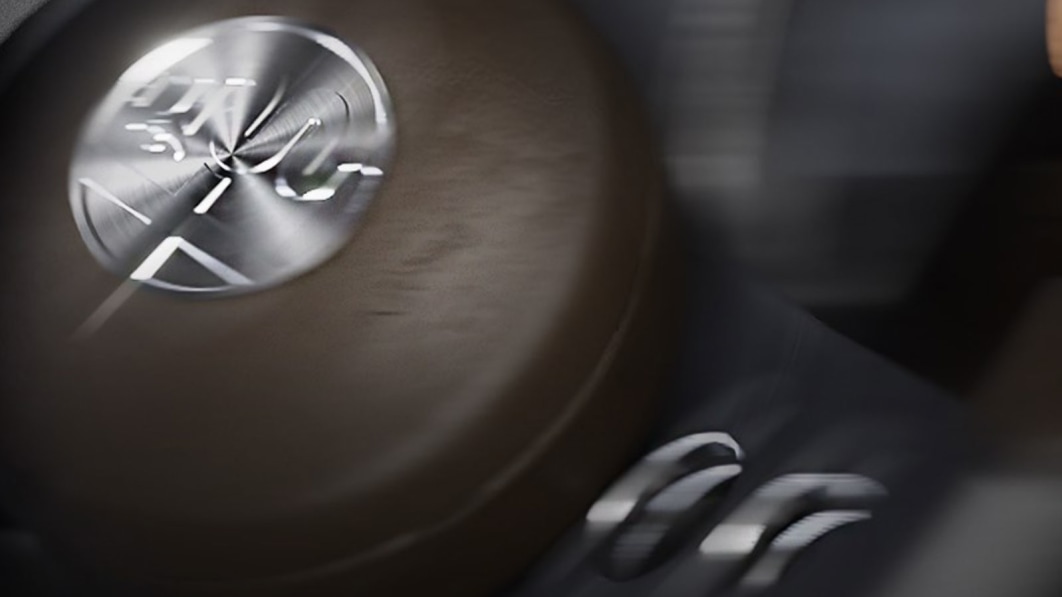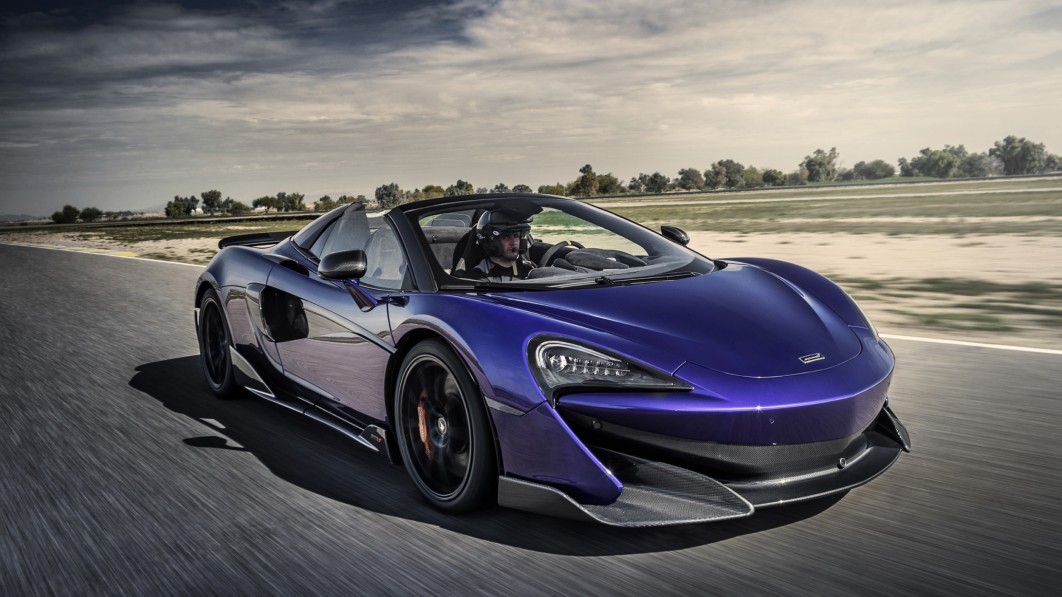2025 Chevrolet Corvette ZR1 spied running the Nurburgring with massive wing
The Chevrolet Corvette Z06 may already feel like it’s the top of the mountain, but we’re far from it, and these spy shots of what is likely to be the Corvette ZR1 show us exactly why.
This marks the first time we’ve seen a C8 Corvette more extreme than the Z06 with most of the heavy canvas camouflage removed. In its place is a skin-tight camo wrap that reveals all of the sharp edges, extra aero elements and new design for the next wrung up in the Corvette hierarchy. Up front, the lower bumper and splitter remind of the Z06’s Z07 package with the aggressive protrusions and wide-open grilles. However, the front hood is entirely new in this test car. Instead of a largely flat hood, this one has massive intakes reminiscent of the current Porsche 911 GT3. We’ll likely need to wait and see if Chevy retains the under-hood storage for this model, or invades it for additional cooling hardware.
A similarly massive side protrusion as you see on the Z06 is present on this test car, but an additional opening is visible behind said intake, as well. The side sills themselves largely seem to match up with the Z07 package, but look up atop the rear fender, and you’ll find yet another opening that isn’t present on the Z06. It’s pretty clear that cooling is a major priority for this C8 variant, and for good reason, because the ZR1 is rumored to get a boosted version of the 5.5-liter flat-plane crank V8 in the Z06. Adding forced induction will add a whole lot of heat and a whole lot of power to the equation, which explains all of the added venting and openings throughout the body.
There’s no bigger change in the rear of the ZR1 than the utterly massive wing hanging out the back. It’s way bigger than even the big wing that comes with the Z07 package, and we presume it will produce big downforce numbers, leading to a feisty Nurburgring lap time.
The ZR1 is rumored to come out as a 2025 model year vehicle, so the wait for a reveal won’t be terribly long at this point. And we’re only getting more and more excited about it now that we finally have a decent general outline of what this extra-quick Vette will look like.
Related video:


